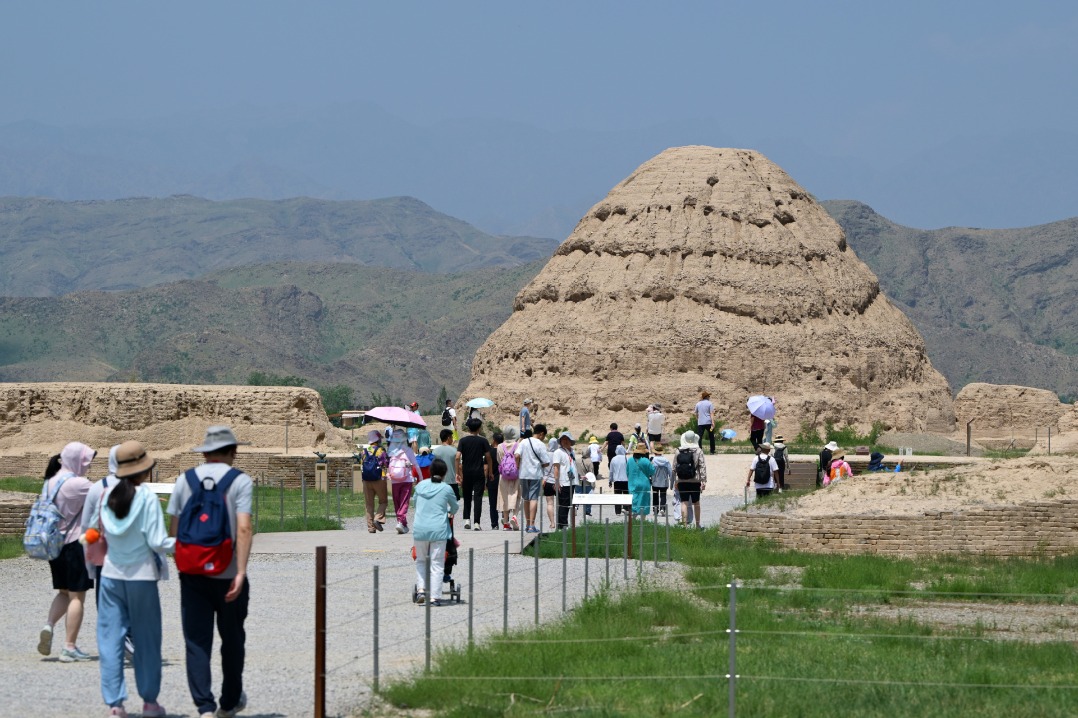A stellar space that enjoys a universal appeal


If you had your druthers, which is the better bet to buy the farm-melting or freezing? In fact, we will all have to deal with this question as a species at some point. The general consensus is that the universe will, for all practical purposes, cease to exist in around 3.7 billion years. Despite miraculous advances in medical science, it is doubtful that anyone reading this now will be around to see that cataclysmic event. However, our children and grandchildren might, if you remember to keep pushing the time frame. That time frame, 3.7 billion years, may seem like a pretty prodigious spell, but it in fact isn't all that long in cosmological terms. If it proves to be even somewhat accurate-what's a few million years between future friends-then that would mean that the universe we inhabit is nearly four-fifths through its natural lifetime. If, in fact, everything started with the Big Bang 13.8 billion years ago, then if the whole show was to check out at 100 years of age, our universe is about to celebrate its 80th birthday, and probably grew up on Father Knows Best (1954-60) and The Twilight Zone (1959-64), or maybe Muffin the Mule (1946-55) and Division 4(1969-75).
By the way, any intelligent life on a planet 67 light years from Earth can now tune into the pilot episode of Father Knows Best.
You see, if dark matter and its gravitational nature rules the roost, then in 3.7 billion years the expansion of the universe will have run its course and a red-hot crunch will take place as all matter reconverges into a single finite point. Or if dark energy wins out, the world will expand in size beyond the ability of any star to possibly provide wool-mitten warmth to any nearby planets. Hence, no more life anywhere. These two rather nightmarish scenarios give rise to the big crunch and big freeze camps. So are you a cruncher or a freezer?
I was pondering these imponderables a while back at the perfect place-the Beijing Planetarium.
The Beijing Planetarium was the first large-scale planetarium in China. Building A was set up and opened to the public in 1957 and Building B was completed and opened at the end of 2004.
The two buildings, combined perfectly together, form a splendid landscape in downtown Beijing's Xicheng district.
Activities include starry skies shown on a domed vault of a screen that mimics the cosmos; exhibitions and displays of astronomic knowledge, astronomical instruments and cultural relics of ancient China; astronomy lectures, astronomical observations, an astronomic knowledge contest and the teaching of fundamental astronomy. The Beijing Planetarium attracts its audience from generation to generation through unique demonstration means.
The cost of entry is anything but astronomical and tickets cost just 10 yuan ($1.56). However, entry to various theaters may involve additional cost.
The facility boasts four high-tech theaters that stimulate the senses and engage the imagination.
One thing to bear in mind, like Ursus Major, is that the complex is shuttered to the cosmos on Mondays and Tuesdays, but open Wednesday to Sunday from 9 am to 4:30 pm.

































